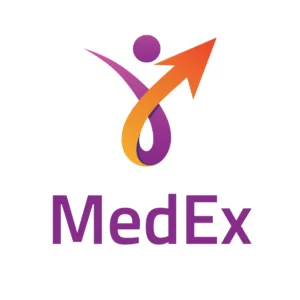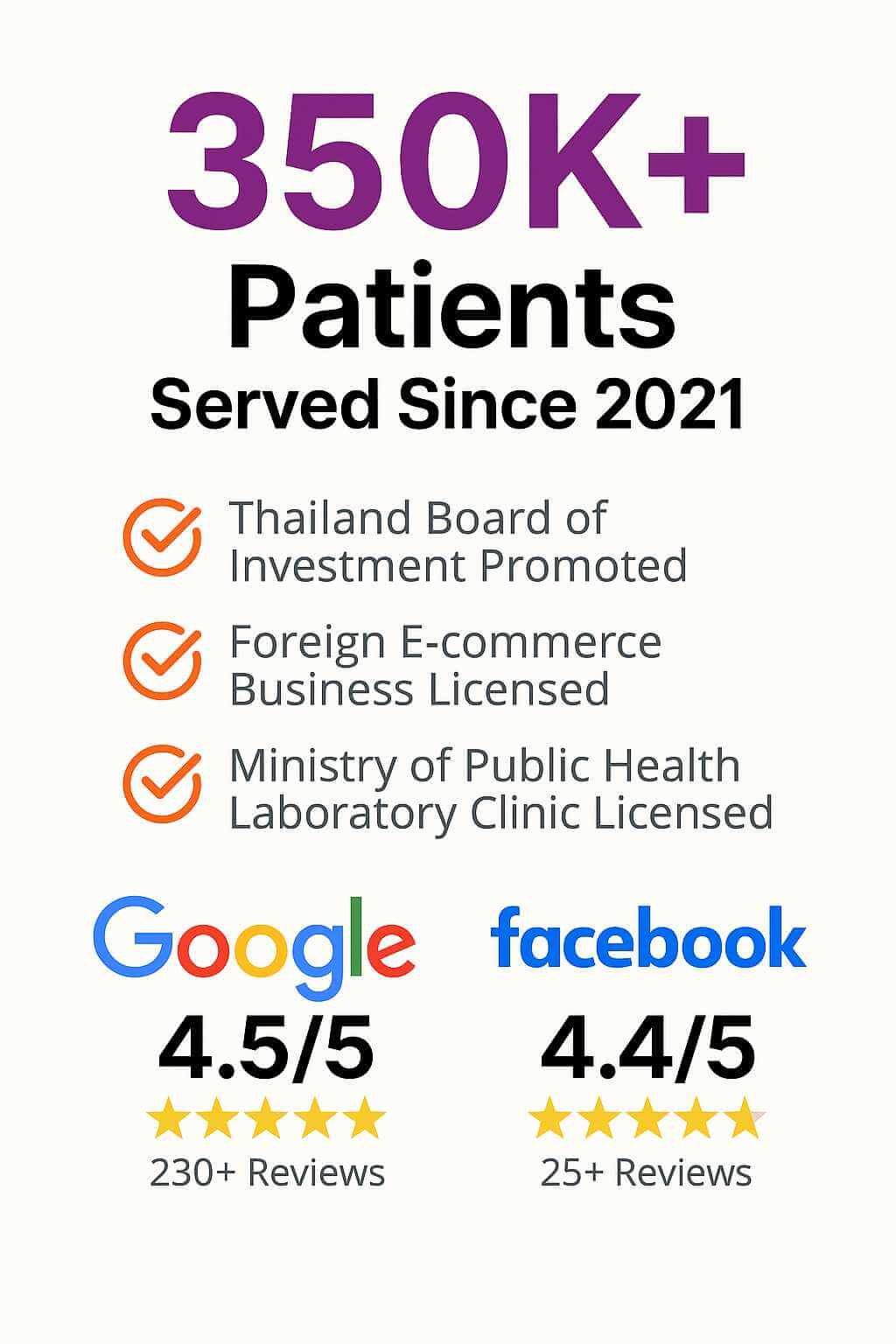
Mental health check-ups are just as important as physical ones, here is why
When we think about health check-ups, most of us picture blood tests, blood pressure readings, and physical examinations. These are important —
Experience MedEx Seamless Care Delivery — 10% OFF on Your First Appointment - Use 'TRYMEDEX' Coupon Code on Checkout


Pregnancy is an exciting and transformative journey, but it can also come with its share of worries and questions. One of the most significant advancements in modern prenatal care is the development of Non-Invasive Prenatal Testing (NIPT). This groundbreaking test has revolutionised the way we approach genetic testing during pregnancy, offering expecting parents more accurate, […]

MedEx is a one-stop destination when it comes to medical tourism and digital specialized health care services. MedEx serves as a connector between patients and trusted world-class health service providers.

Pregnancy is an exciting and transformative journey, but it can also come with its share of worries and questions. One of the most significant advancements in modern prenatal care is the development of Non-Invasive Prenatal Testing (NIPT). This groundbreaking test has revolutionised the way we approach genetic testing during pregnancy, offering expecting parents more accurate, safer, and earlier insights into their baby’s health.
Let’s explore what NIPT is, how it compares to older methods, and why it has become such an important tool for pregnant women.
Table of Contents
ToggleNIPT, or Non-Invasive Prenatal Testing, is a simple blood test that screens for certain genetic conditions in a developing baby. Unlike traditional prenatal tests, NIPT doesn’t require any invasive procedures, such as inserting a needle into the uterus. Instead, it analyses tiny fragments of the baby’s DNA that circulate in the mother’s bloodstream. These fragments, called cell-free DNA (cfDNA), provide valuable information about the baby’s genetic makeup.
NIPT is typically performed after 10 weeks of pregnancy and can screen for conditions like:
It’s important to note that NIPT is a screening test, not a diagnostic test. This means it can estimate the likelihood of a genetic condition but cannot confirm it definitively. If the results indicate a higher risk, further diagnostic tests may be recommended.
Before NIPT, the primary methods for genetic testing during pregnancy were amniocentesis and chorionic villus sampling (CVS). Both of these tests are considered invasive because they involve collecting samples directly from the uterus.
Amniocentesis: This procedure involves inserting a thin needle through the mother’s abdomen into the amniotic sac to collect a small amount of amniotic fluid. It’s usually performed between 15 and 20 weeks of pregnancy.
Chorionic Villus Sampling (CVS): CVS involves taking a small sample of tissue from the placenta, either through the abdomen or the cervix. It’s typically done earlier, between 10 and 13 weeks of pregnancy.
While both tests are highly accurate for diagnosing genetic conditions, they carry a small risk of complications, such as miscarriage or infection. For many expectant parents, this risk made the decision to undergo testing a difficult one.
NIPT has transformed prenatal genetic testing in several key ways:
NIPT offers numerous benefits for expectant parents, making it a valuable option for many. Here’s why you might consider taking an NIPT test:
NIPT has truly revolutionised prenatal care, offering a safer, more accurate, and less stressful way to screen for genetic conditions during pregnancy. While it’s not a replacement for diagnostic tests in all cases, it provides expecting parents with valuable information early in their pregnancy journey.
Looking for a provider to book your NIPT with?
MedEx’s commitment to safety and accuracy has made us a preferred choice for prenatal screening. With a quick turnaround time and affordable testing options, we strive to make our advanced genetic testing accessible to all, providing peace of mind to expecting parents everywhere.
Book your NIPT with us today!

When we think about health check-ups, most of us picture blood tests, blood pressure readings, and physical examinations. These are important —

When your doctor orders “routine blood work,” you may later receive a sheet filled with numbers, abbreviations, and reference ranges. For many

What exams to expect at every life stage – from your 20s to your 70s and beyond At MedEx, we believe in
Find quality services, specialists, procedures and more from the comfort of your home. All you need to do is enter a keyword or phrase describing what you are looking for.
DOWNLOAD MEDEX ONE APP
MedEx decentralizes the care continuum as a one-stop care navigation concierge, transforming the care delivery model through its Pan-Asia provider aggregation platform, primary satellite clinics, telemedicine services, and at-home health care solutions.







MedEx connects you with world-class health care providers across borders, makes medical travel simple, low-cost and transparent and offers premium primary care.


© 2020-25 MedEx Ventures Co., Ltd.
